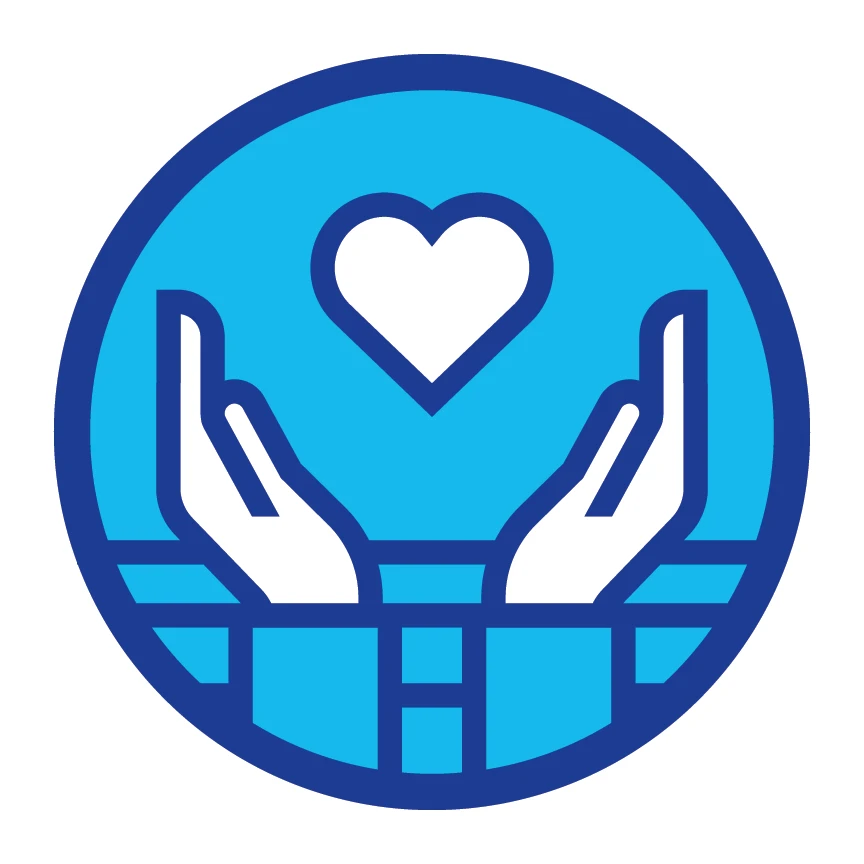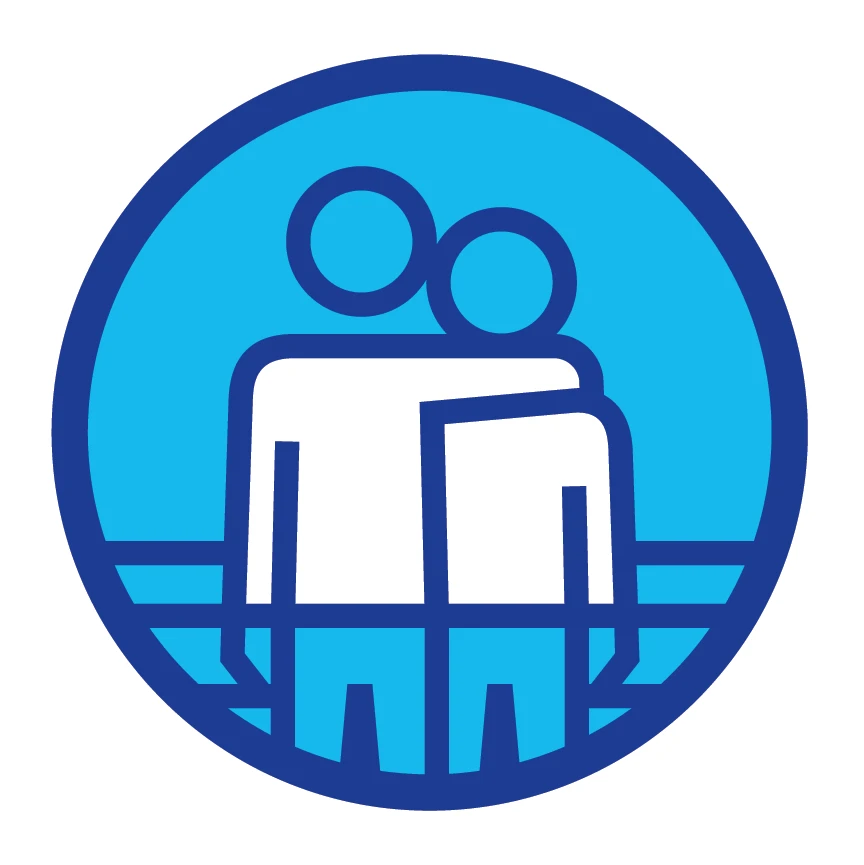November is National Hospice and Palliative Care Month and, as the holiday season is upon us, families will travel to be with loved ones around the dinner table to reminisce with one another. For those who live out of town, it may be the one time a year they see their relatives. This is a perfect time to discuss any health changes you may see in your loved ones. I encourage you to have discussions about end-of-life wishes and share advance directives. Having documents such as an advance directive or POST (Physician Orders for Scope of Treatment) form empowers you as an individual to take control of decisions regarding your health and answers questions for loved ones. Visiting Nurse, the non-profit hospice and palliative care agency, can help begin those conversations.
Too often, patients and families wait too long to have conversations and make decisions regarding their wishes at end of life. The decision to involve hospice is not one an individual or family takes lightly. Each year, nearly 1.5 million people living with a life-limiting illness receive care from hospices in the United States.
“Hospice” can be a frightening word for many people. Hospice care is the model of high-quality, patient-focused, compassionate care that helps terminally ill patients and their families live as fully as possible. We treat the patient, not the disease. The focus is on caring, not curing. Hospice utilizes an interdisciplinary team of experienced health care professionals and trained volunteers who address symptom control, pain management, and provide emotional and spiritual support expressly tailored to your needs and wishes. Hospice is not “giving up.” It’s choosing to live the remainder of your time the way you choose. Palliative care brings this holistic model of care to people earlier in the course of a serious illness. Visiting Nurse has been providing hospice care since 1983, and we have been providing medical care to the region since 1888.
When introducing myself as an employee of Visiting Nurse, it’s common for two questions to come up. The first is, “Are you a nurse?” And the second is, “Don’t you find it sad to be working for a hospice agency?” The answer to the first question is, no, I am not a nurse; however, I have full admiration and respect for the work that all members of the Visiting Nurse team provide to our patients and their families. The answer to the second question is, no, it’s not sad to work for a place like Visiting Nurse; it’s fulfilling.
In the two and a half years I have had the honor of working at Visiting Nurse, I’ve never heard a family say, “I wish we would have waited to call you and discuss hospice.” Instead, Visiting Nurse receives countless thank-you notes, letters, calls and hugs to thank us for the support we provided for the patient and their family with the sentiment, “We could have benefited from your services so much sooner.” The National Hospice and Palliative Care Organization reports that nearly 30 percent of Medicare beneficiaries receive hospice care for seven days or fewer, a period considered too short to take full advantage of the many services that the hospice interdisciplinary team offers.
Hospice care doesn’t end when someone dies. We offer grief support programs such as individual counseling, support groups and programs through the Peggy F. Murphy Community Grief Center. Any adult in the community who has experienced the loss of a loved one can seek out counseling, support groups or programs at no charge. We know that the holidays can be hard. But there is help for those who are struggling.
Mary Shankster is chief development officer for Visiting Nurse.


